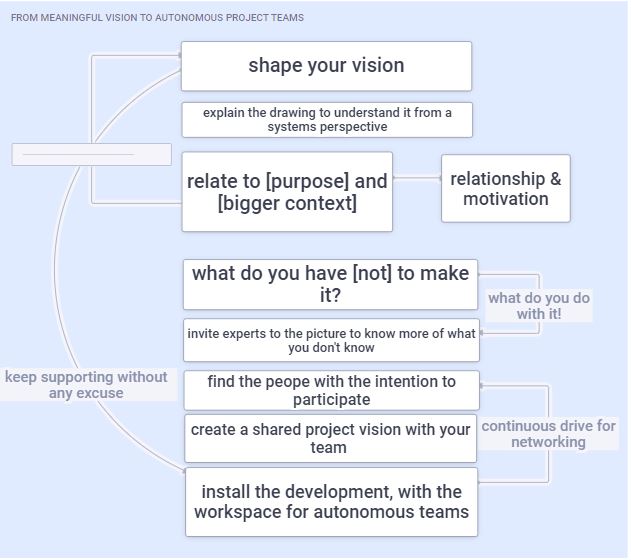Making ideas strong to develop is not a (one day) event where all kinds of people can express their opinion, then go through a selection of frameworks (swot…etc) to finally decide that ‘a management team’ will do something with it. A lot of energy is wasted on events (and PowerPoint presentations, workshops, brainstorming, etc.) that lead to a selection of preconceived ideas. Such a circus will make professionals drop out and raise their eyebrows. Professionals don’t feel called upon to develop concepts that will never be appreciated because of the unreliable input that always causes misunderstandings.
“success is not only a matter of using the right method, but also of the people doing it and the circumstances in which the people find themselves.”
Richard Engelfriet - De succesillusie
Make a compelling vision to feed project teams: a pattern based approach.
Making ideas strong to develop is a continuous collaboration between people who think along to make something that is good. In short discovery sessions of 1 to 2 hours, a Professional Triber facilitates technical and non-technical professionals until they discover meaningful work that is picked up by a team.
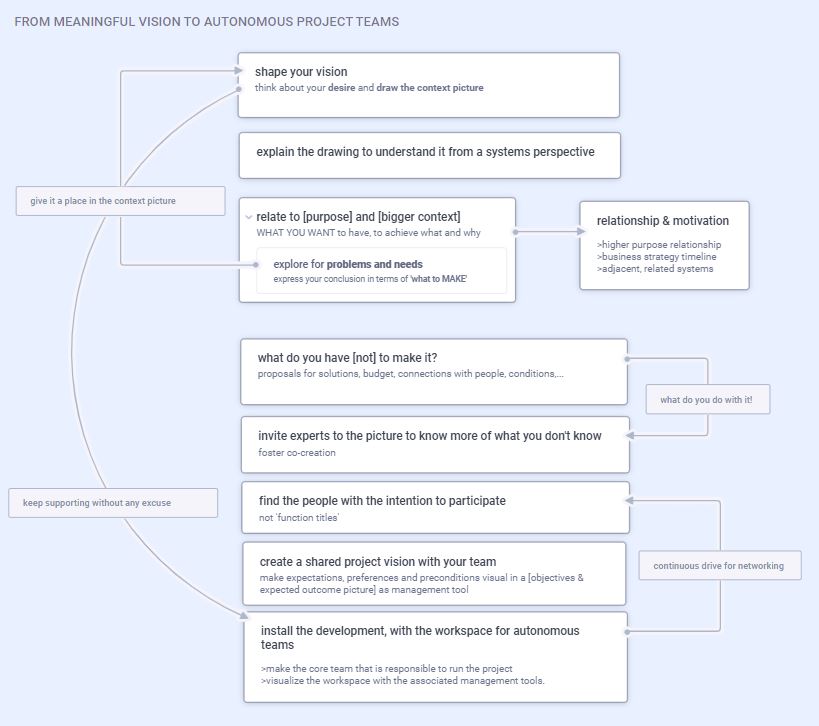
A sketch of a situation with an explanation of things and their properties makes a vision of that situation clear (pencil and paper will suffice). From there Ideas are formed by how you look at a situation together (common vision), ideas that have meaning in a context. A situation topic can be: a product or service idea, a systems architecture, a user situation, a business situation…
“Visualizing what you want to achieve (together) is fundamental to build trust in collaboration”
A sketch showing the expectation (desire) is the starting point to:
- understand what lies behind the expectation as purpose
- explore the power of the vision and have useful research carried out to substantiate statements with reality

The sketch is then clarified in conversations about ‘what, who, where, when and what happened’ and takes shape as a system perspective to:
- explore what the real needs are, what you can make and what you need for that
- invite experts to think about what you don’t know
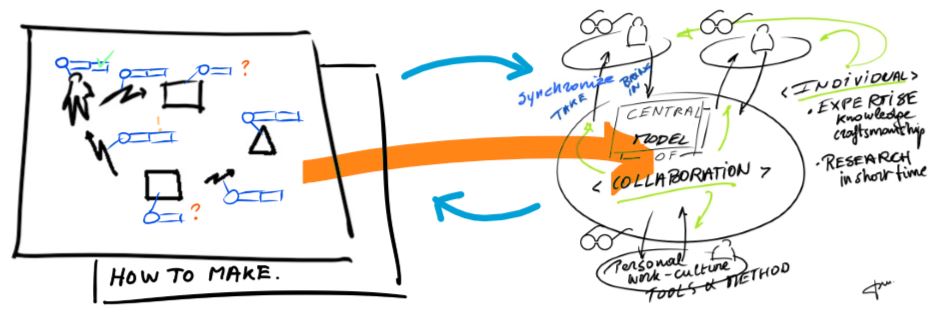
The sketch is supplemented with information until it is clear what can be made. Candidates to undertake the integral development are invited. The sketch that requires a solution is now on the table as a project assignment. A core team is formed and helps to draw the [objectives & expected outcome] poster as a management tool for the project.
The sessions ensure that people with different mindsets and backgrounds remain involved in a process of a continuous flow of ideas and information. Simple visualization with serious focus on creation and research make that professionals can work in an environment that creates enough healthy tension and challenge.
The discovery session stands for:
- focus on understanding the value each person brings to the team
- It is behavior that drive to work
- create a sense of wonder and possibilities + testing
- create something together before leaving the conversation [visual system map – simple, even if you can’t draw]
- sense-making, engage for curiosity and discovery, asking questions [what, where, when, why, how, how much]
- it is about purpose [not about requirements as: ‘must – should have’ that blocks innovation] and collaborative inquiry [research]
- it is about learning!
as words from Tracey Ezard in the book "Glue"
This mental model stands for Value discovery – about how to prove that people want/need this project:
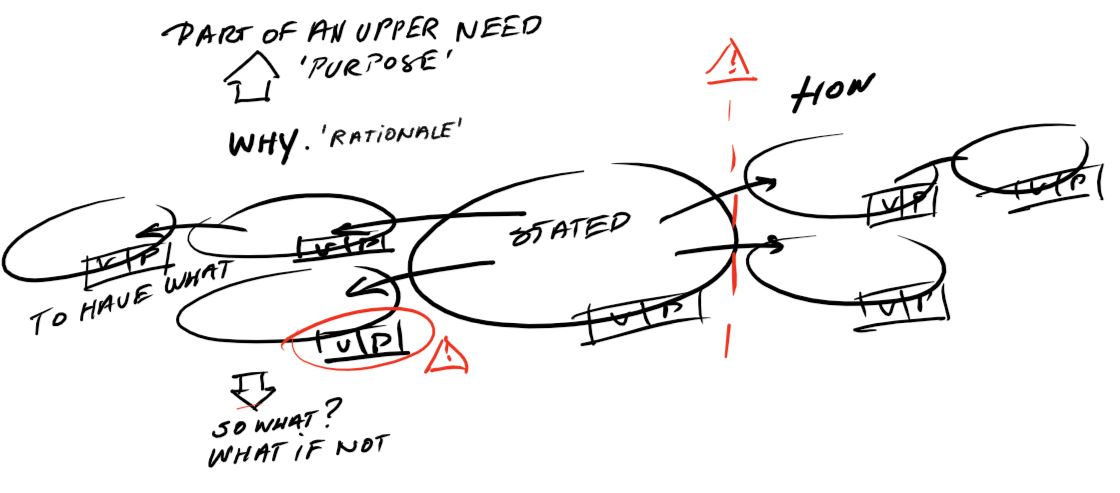
Purpose: To question an idea or statement to discover strong and weak statements and decide what the next best action is.
The subject is central, to the left of it you place statements as an answer to the ‘why’ question (in depth). To the right of the subject are the solution proposals. Each item will be asked whether it is [valid] or [proved]. Do not come up with solutions and action (execution) if an item is not proven as [valid], but do research.
Give it a try, you will soon be in the red with your idea, but don't give up!
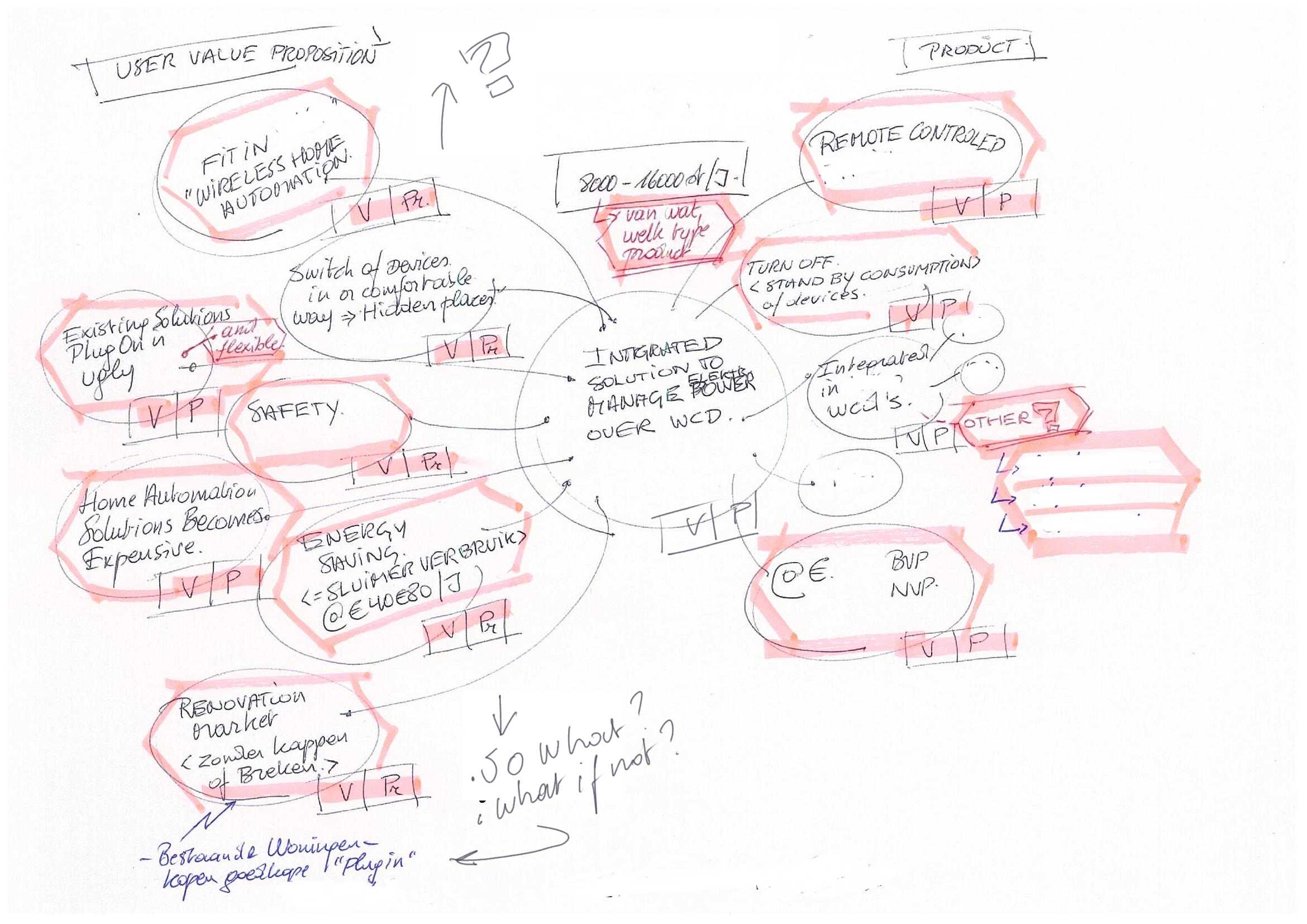
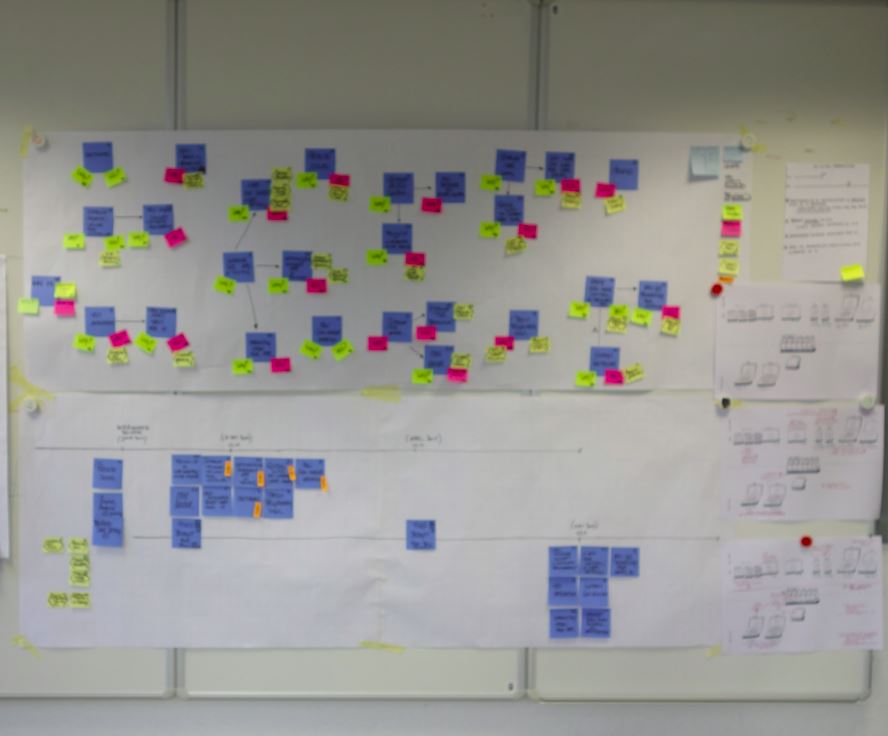
If you want to work like this , please contact me today.
In a next post you can experience how a core team sets up and approaches the project and how the customer and user are always in the crosshairs.
Did you find this post interesting? Share it with your network!

